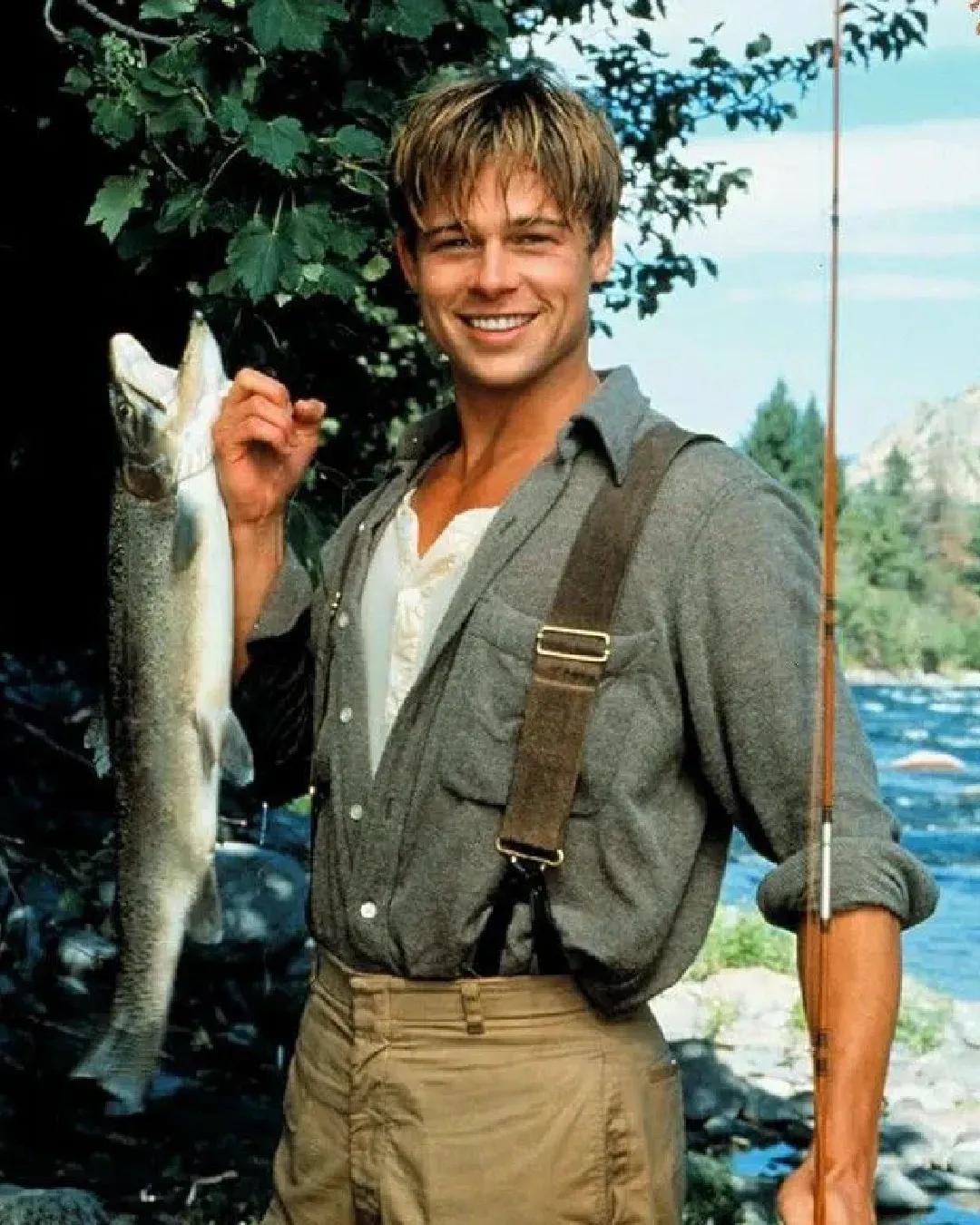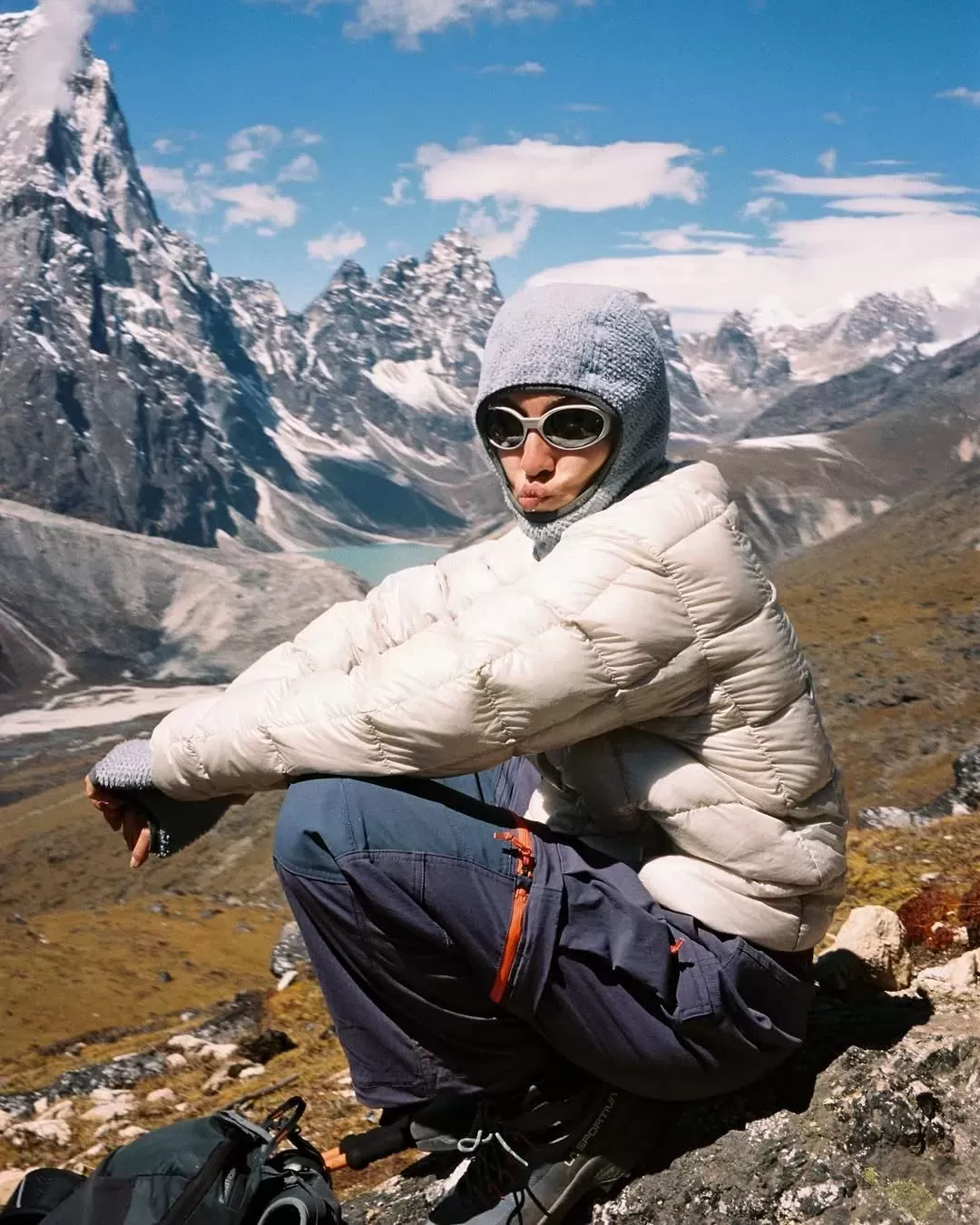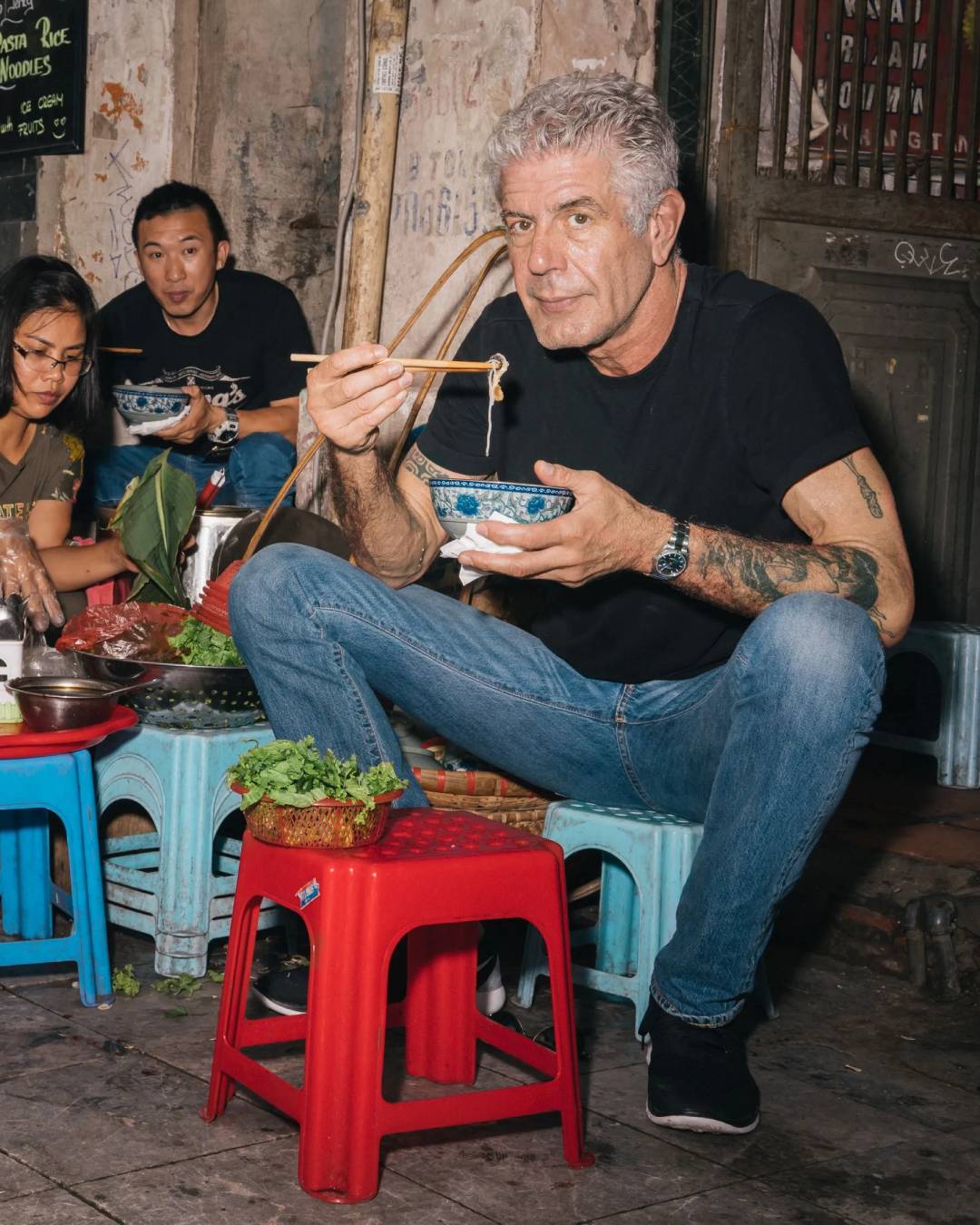
Have you ever tried "foraging"? Cooking wild herbs
In recent years, foraging – the gathering of wild herbs or plants for culinary use – has become particularly popular, not only in the restaurant industry but also among ordinary people. Foraging has ancient origins and for a long time was one of the foundations of societies based on a subsistence economy, where people would gather what they needed with their own hands. Today, the practice has become trendy: it's seen as a way to be outdoors, learn about plants, flowers, and even lesser-known berries, and finally discover how versatile wild herbs are in cooking. This phenomenon is being fueled by increasingly popular dedicated initiatives, including expert-led courses to identify edible plants and organized foraging expeditions, especially in the city parks of major cities. There are also dedicated apps, such as Falling Fruit or Forager's Friend, which map edible fruit trees and offer advice on gathering techniques.
In the restaurant industry, foraging has now become a very widespread practice, but until a few years ago, it was mostly pursued by chefs and restaurateurs particularly mindful of sustainability and the biodiversity of the region. In Italy, places like Ferdy Wild, El Molin, St. Hubert, or Contrada Bricconi have long embraced this philosophy, a culinary movement now known as high-altitude cuisine. The environment surrounding these restaurants offers a particularly wide variety of herbs, plants, flowers, berries, and many other natural resources throughout the seasons, which the chefs then incorporate into their dishes. The challenge lies in deeply knowing what is suitable for consumption and being able to elevate it in a dish, with the goal of enhancing flavors through truly wild elements. Thus, foraging requires not only knowledge of botany but also a certain level of culinary intelligence. For example, one of the iconic desserts at Cracco Portofino, led by Mattia Pecis, is inspired by this vision: the seaweed mille-feuille. «In the morning, sometimes, just to relax, I would go collect seaweed,» the chef said, explaining how the dessert was born – a layered creation of dried and sweetened seaweed accompanied by a crème diplomate. This also demonstrates how foraging is an activity that can potentially be done anywhere – not just in mountains or large parks, but also near marine ecosystems. This aspect is well illustrated by the work of chef Chiara Pavan, who often incorporates wild herbs gathered near her restaurant in the Venetian lagoon into her dishes.
The success of foraging in haute cuisine
One of the main advocates of foraging has been Danish chef René Redzepi, founder of Noma, who helped normalize the concept of wild cuisine. Opened in 2003, the restaurant quickly became one of the world's culinary landmarks, thanks to its choice to use local ingredients – typical of the Scandinavian ecosystem – gathered on-site and reinterpreted. Redzepi made foraging not only a culinary practice but also a manifesto for a new form of cuisine, more ethical and sustainable. This approach helped to boost and enhance Nordic gastronomy, which remains one of the most important in the world today. Even now, Noma's menus are almost entirely based on ingredients gathered within a maximum of sixty miles from the restaurant, many of which are harvested by the staff themselves. Some kitchen team members at Noma have shared that before joining, they were taken foraging in the surrounding woods or along the Baltic Sea, tasting the wild products that would later appear on the menu. This approach represented a radical shift in Nordic culinary culture: it allowed the rediscovery of ingredients and flavors unique to these countries, which were then combined in memorable dishes. Until the 1980s, finding fresh products in Scandinavia was nearly impossible; people mostly ate canned food, and many foreign products – common in the rest of Europe – were considered exotic. Now, thanks also to the spread of foraging, the opposite is true.















































